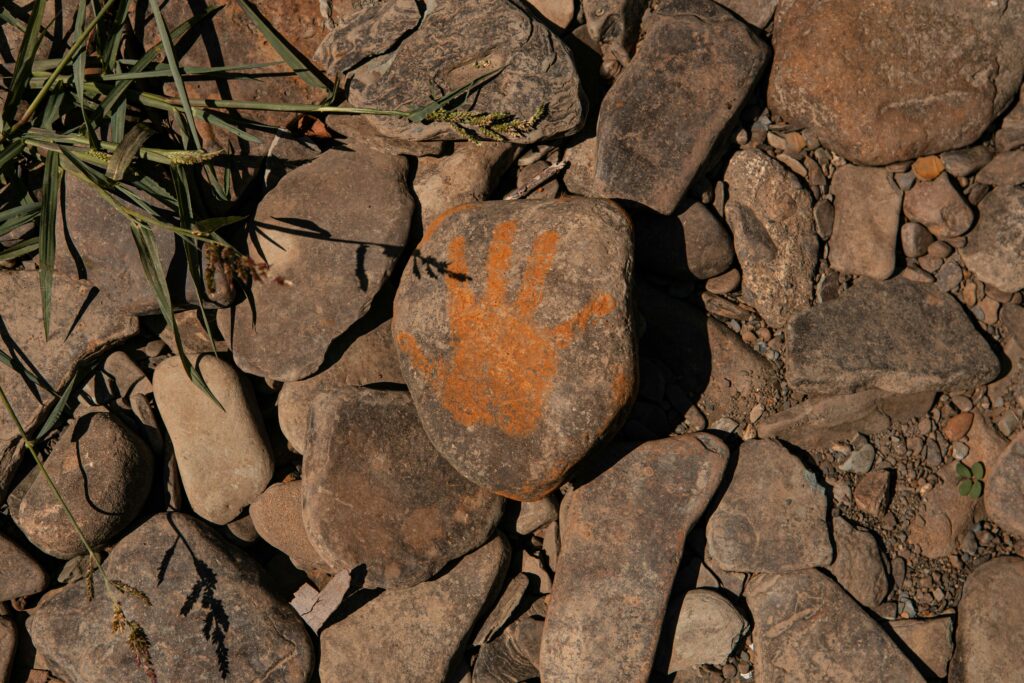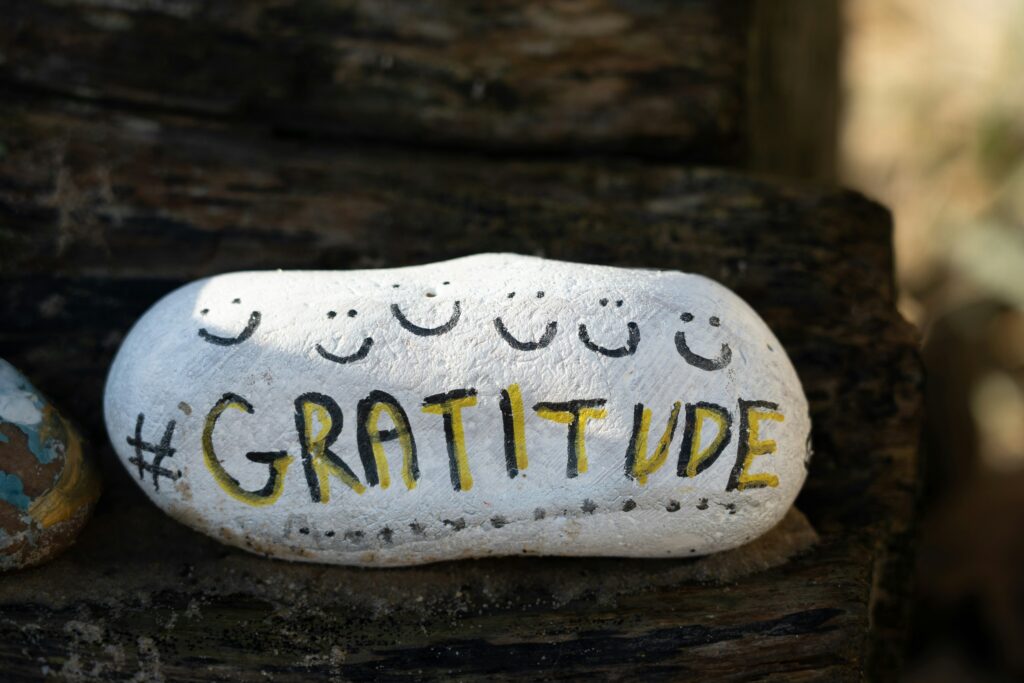Rock painting, also known as stone painting or rock art, is a captivating and ancient form of artistic expression that has gained popularity in recent years. This creative activity involves painting or decorating rocks with various designs, patterns, and images, often using acrylic paints or markers. Rock painting can be a therapeutic and enjoyable hobby, allowing individuals of all ages to unleash their creativity while connecting with nature.
How to Get Started with Rock Painting
If you’re eager to try your hand at rock painting, here are some essential steps and tips to help you get started:
1. Gather Your Supplies: To begin, gather the necessary supplies, including rocks (smooth and flat ones work best), acrylic paints or paint markers, paintbrushes of various sizes, a palette or disposable plate for mixing colors, water for rinsing brushes, and a protective sealant (optional but recommended).
2. Prepare Your Workspace: Set up a comfortable and well-lit workspace where you can paint without distractions. Lay down newspaper or a protective covering to catch any paint drips or spills.
3. Clean and Prime the Rocks: Before painting, clean the rocks thoroughly to remove dirt, dust, and debris. You can use water and a gentle scrub brush for this purpose. Once clean, prime the rocks with a base coat of white or light-colored paint to provide a smooth and even surface for your designs.
4. Choose Your Design: Select a design or theme for your rock painting. This could be anything from nature-inspired motifs (flowers, animals, landscapes) to abstract patterns, inspirational quotes, or holiday-themed decorations.
5. Sketch Your Design: If you’re not confident in freehand painting, you can lightly sketch your design on the rock using a pencil. This will serve as a guide for your painting process.
6. Paint with Care: Use acrylic paints or paint markers to bring your design to life. Start with lighter colors as a base and gradually add darker shades for depth and detail. Use thin paintbrushes for fine lines and details, and don’t be afraid to experiment with different techniques and textures.
7. Add Details and Accents: Once the main elements of your design are painted, consider adding details like highlights, shadows, and accents to enhance its visual appeal. You can also use metallic or glitter paints for a touch of sparkle.
8. Let It Dry: Allow your painted rocks to dry completely before adding any additional layers or sealant. This may take a few hours depending on the thickness of the paint layers.
9. Seal and Protect: For added durability and weather resistance, consider applying a protective sealant over your painted rocks. Mod Podge Outdoor Sealant or clear acrylic spray sealant are popular choices for sealing rock paintings.
Why Leaving Painted Rocks in Nature Should Not Be Done
While the excitement of leaving painted rocks in nature for others to find is understandable, it’s essential to consider the impact of this practice. Leaving painted rocks can disrupt ecosystems, harm wildlife, and contribute to environmental pollution. Rocks serve as natural habitats for various organisms, and adding foreign materials like paint can disturb delicate ecosystems and introduce toxins into the environment.
Furthermore, many natural areas have specific regulations prohibiting the alteration or addition of materials to natural features. It’s important to respect these regulations and preserve the natural beauty of our surroundings for future generations to enjoy.
Suggestions for Displaying, Selling, or Gifting Painted Rocks
Instead of leaving painted rocks in nature, consider exploring creative ways to share and display them. Painted rocks make excellent gifts for friends, family, and colleagues. They can be personalized with meaningful designs or inspirational messages, making them unique and cherished keepsakes.
You can also sell your painted rocks online through platforms like Etsy, where there’s a growing demand for handcrafted and artistic items. Additionally, consider displaying your rock paintings in your home, garden, or community spaces to inspire creativity and spread joy.
Rock painting is a delightful activity that should be enjoyed responsibly. By refraining from leaving painted rocks in nature and instead exploring creative ways to share and display them, we can preserve the beauty of our natural environment while celebrating art and imagination. Whether you’re painting rocks for relaxation, personal expression, or as gifts for others, let your creativity shine and contribute positively to the world around you.










